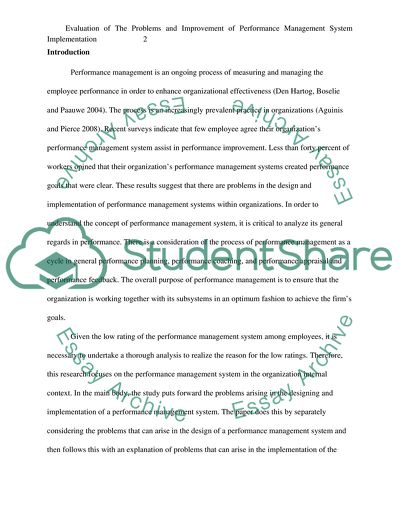Cite this document
(“Evaluate the problems and improvement of performance management system Essay”, n.d.)
Evaluate the problems and improvement of performance management system Essay. Retrieved from https://studentshare.org/human-resources/1691281-evaluate-the-problems-and-improvement-of-performance-management-system-implementation
Evaluate the problems and improvement of performance management system Essay. Retrieved from https://studentshare.org/human-resources/1691281-evaluate-the-problems-and-improvement-of-performance-management-system-implementation
(Evaluate the Problems and Improvement of Performance Management System Essay)
Evaluate the Problems and Improvement of Performance Management System Essay. https://studentshare.org/human-resources/1691281-evaluate-the-problems-and-improvement-of-performance-management-system-implementation.
Evaluate the Problems and Improvement of Performance Management System Essay. https://studentshare.org/human-resources/1691281-evaluate-the-problems-and-improvement-of-performance-management-system-implementation.
“Evaluate the Problems and Improvement of Performance Management System Essay”, n.d. https://studentshare.org/human-resources/1691281-evaluate-the-problems-and-improvement-of-performance-management-system-implementation.


